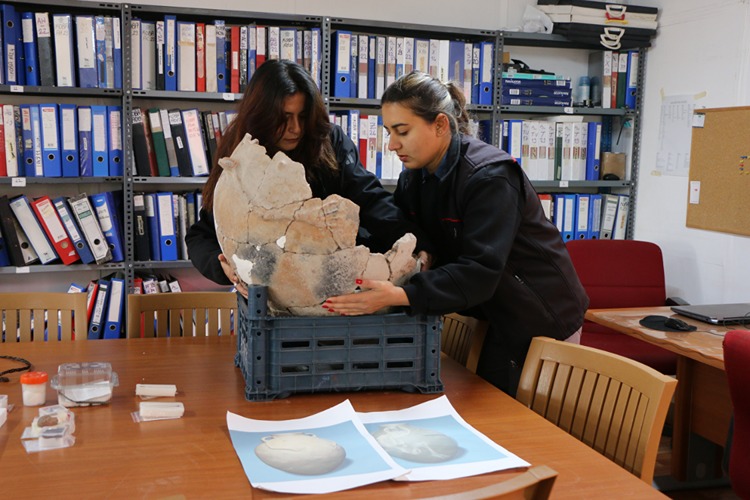
A 5,000-Year-Old Pithos Grave in Küllüoba Reveals a Hand Relief with a Missing Finger — A Possible Symbol of Mourning
Archaeologists working at Küllüoba Mound in Türkiye’s Eskişehir province have uncovered a striking find that sheds light on the emotional world of Early Bronze Age communities. A 5,000-year-old pithos grave (burial jar) features a hand relief with one finger missing — a detail researchers believe may symbolize an ancient expression of grief or mourning. The

Archaeologists reveal that 5,200-year-old structures at Küllüoba were filled with soil and covered over
During the ongoing excavations at the Küllüoba mound in the Seyitgazi district of Eskişehir, it was discovered that 5,200-year-old structures were preserved by filling them with soil. This discovery raised new questions. The Küllüoba Mound, which sheds light on the prehistoric and historical periods of Anatolia, has an uninterrupted settlement from the Late Chalcolithic Age
